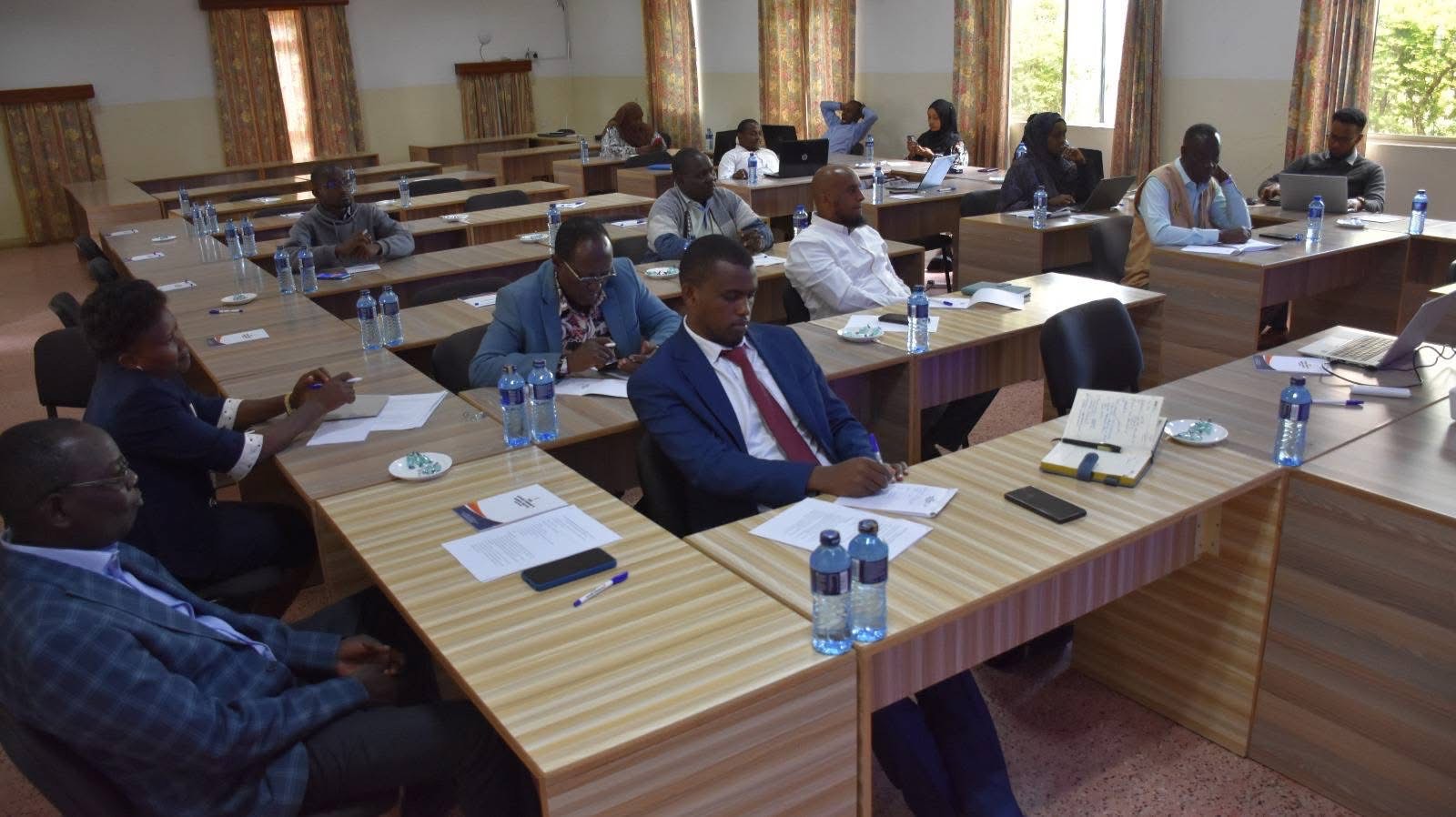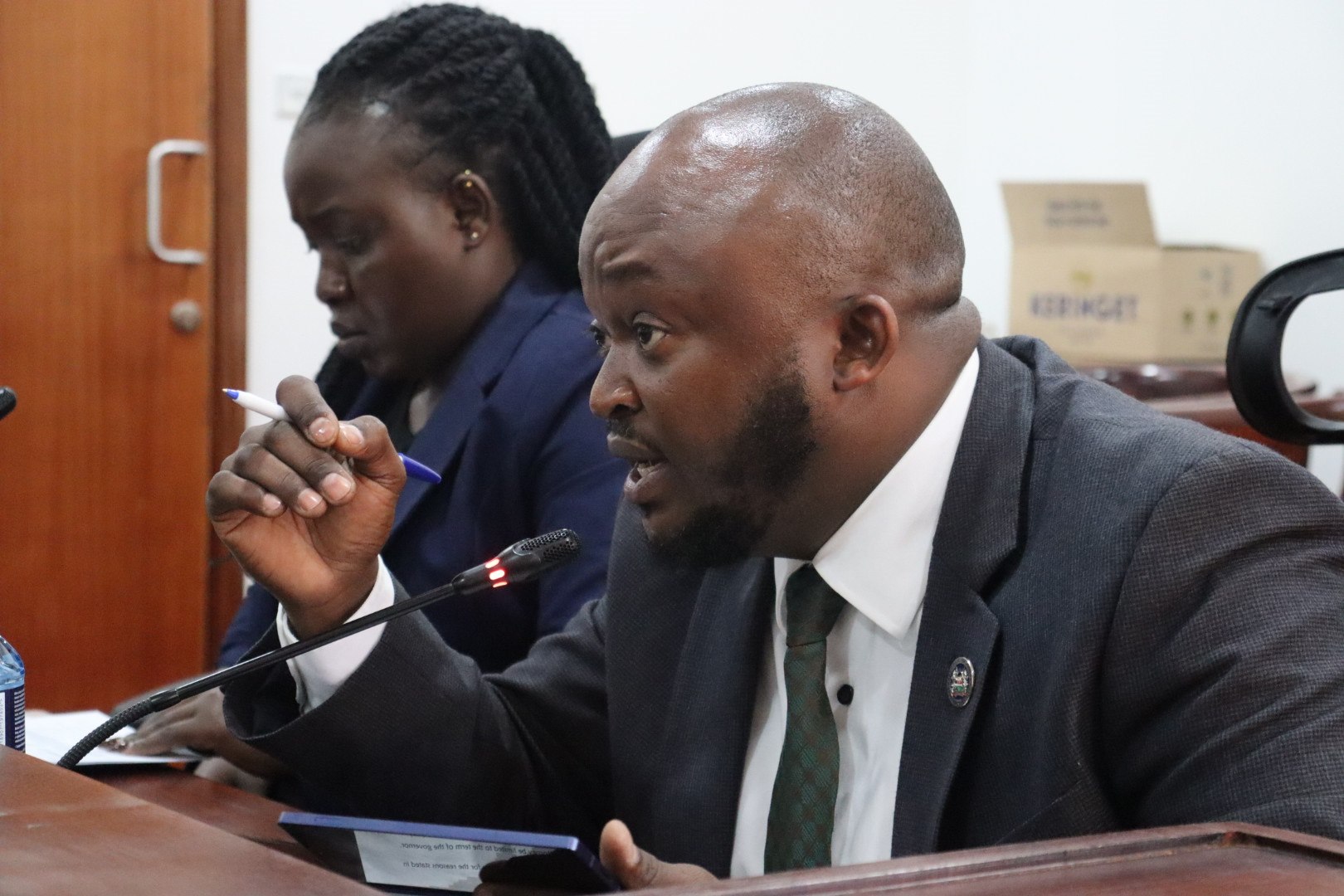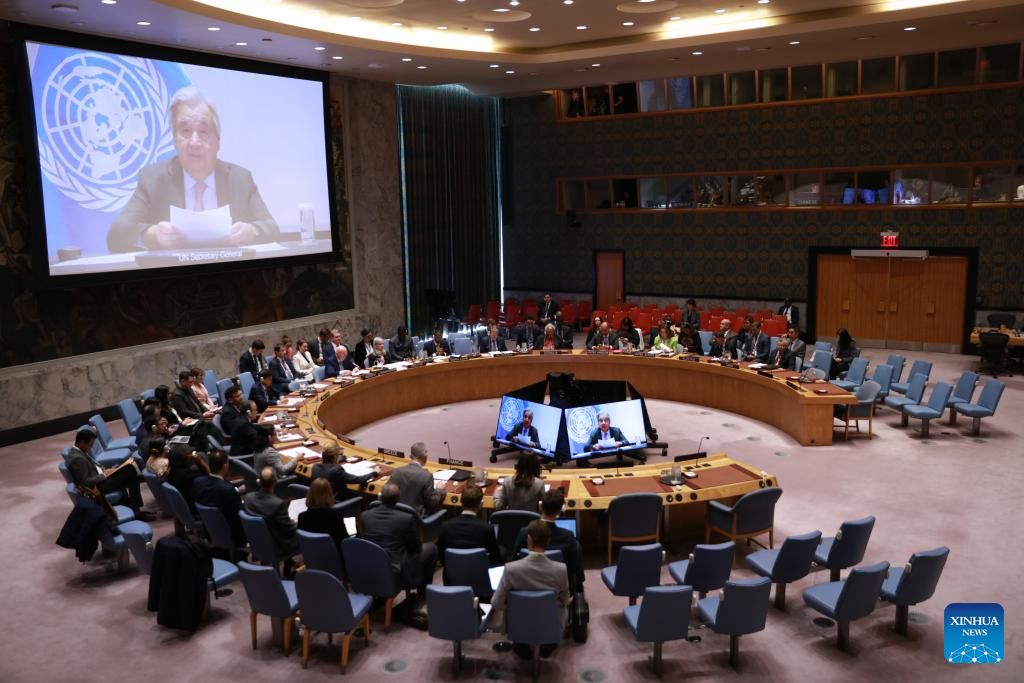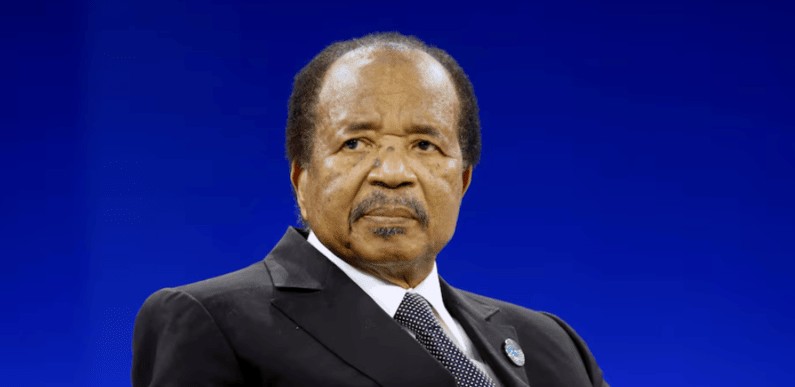Ruto: Why we had to drop "flawed" old university funding model
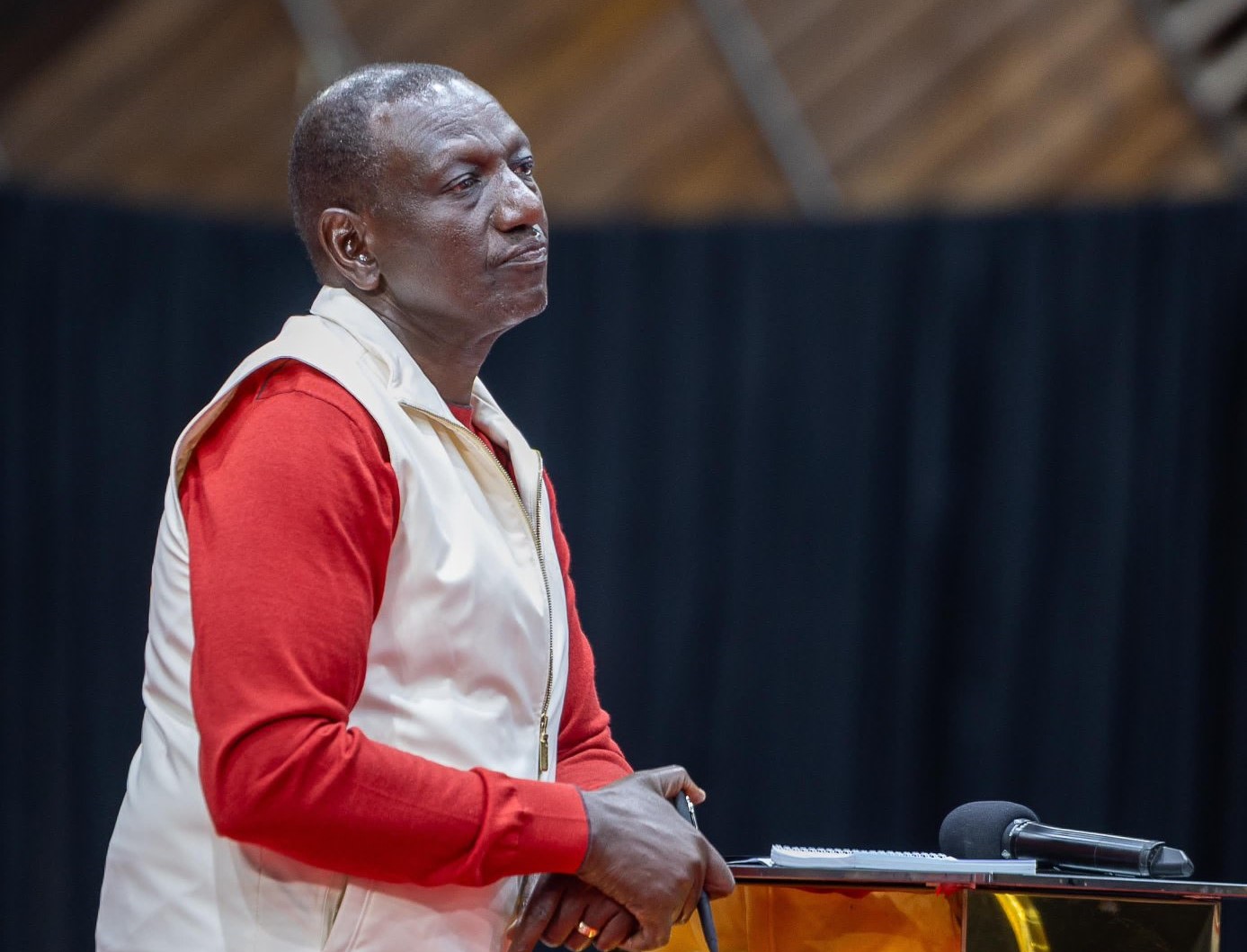
President Ruto explained that the old model assumed the government could pay 80 per cent of fees for all students which was not the case.
President William Ruto on Sunday faced tough questions regarding the need to overhaul the old funding model for universities.
During a town hall meeting at the Kenyatta International Convention Centre (KICC), the President engaged with university students about the Higher Education Funding Model, which has sparked significant debate among Kenyans.
More To Read
- Kenya’s public schools on the brink amid illegal fees, funding shortfalls
- KUPPET proposes overhaul of funding, abolition of bursaries in fresh push for fully free public education system
- Maraga slams scrapped university funding model as "poorly planned", says government acted without foresight
- Ruto affirms commitment to free, quality primary and secondary education despite budget strain
- Education CS Julius Ogamba announces major shake-up in public university leadership
- Universities Fund faces Sh9.6 billion deficit as pending bills soar to Sh72.2 billion
A student from Kenya Methodist University (KEMU), Kisero Junior, directly asked the President why the old model had to be entirely replaced
"What was so wrong with the old funding model that we could not sit down and amend it?" he posed.
In response, President Ruto explained that the old model assumed the government could pay 80 per cent of fees for all students which was not the case.
"The old model was almost destroying our education because it assumed that all courses were the same. It also assumed that the government had the money to pay 80 per cent for everybody when it did not, and the results were disastrous," Ruto stated.
The Head of State further noted that the old funding model left many public universities in financial ruin by the time he assumed office in 2022.
"When I came into office, because of the old funding model, 23 out of 40 public universities were bankrupt," Ruto pointed out.
The President's remarks were supported by several Vice-Chancellors who echoed concerns about the old model, highlighting that it had created severe financial difficulties for universities.
They however expressed optimism that the new funding model would help institutions turn around their finances, enabling them to clear debts, pay lecturers on time, and provide the necessary resources for student training.
In addition to that, President Ruto addressed concerns about the banding system in the new funding model, clarifying that it was not a new concept.
"The new student-centred funding model has five bands. The banding did not start with this model. We started the banding in 1996. There has always been banding. I know there is a push that maybe this banding started with this model; it did not, it has always been there. All we did, instead of having four bands, we made it five," Ruto added.
He emphasised that while the new funding model isn't perfect, it is a significant improvement and hid government will continue to make it better.
"We will continue to improve on the model. We are not saying the model is perfect, but I think to a great extent it is towards 95 per cent in the right direction, and we will keep improving on it," Ruto added.
President Ruto unveiled the new university and TVET funding model on May 3, 2023.
The funding model places students in five bands using eight variables, including parents' background, gender, course type, marginalisation, disability, family size, and composition.
Top Stories Today

